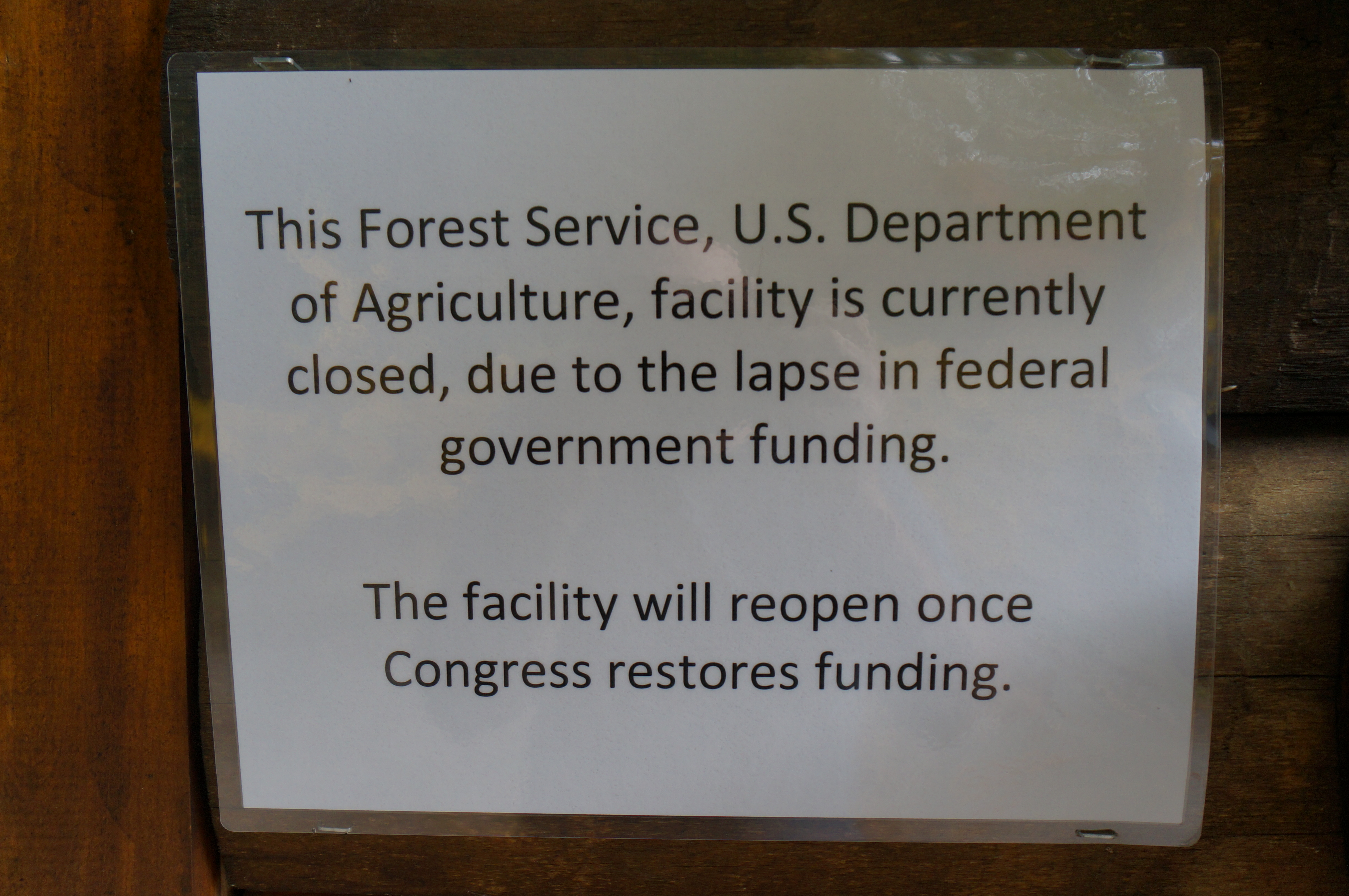The September 30, 2013 New Yorker magazine carries “The Perfect Wife,” an article about the widow of a lesbian multi-millionaire who went to the Supreme Court to obtain a refund of about $640,000 in federal and state estate taxes (the inheritance would have been tax-free had it been the result of a heterosexual marriage). Thus continues a stream of intense news coverage and popular interest in the subject of gay marriage.
On the same day that I read the New Yorker article, I received an email regarding an effort by the National Parents Organization to get a shared parenting presumption enacted here in Massachusetts (see their request that people write letters to Governor Deval Patrick to weigh in on the work of a committee that may produce recommendations for new legislation regarding child custody). There is so little media and citizen interest in the topic of whether a child of divorce ends up with one parent or two parents that a Google News search for “Working Group on Child-Centered Family Law Massachusetts” produces no results. Other than this one organization, nobody seems to care what the Governor and Legislature are doing.
Why should marriage be more interesting to people than divorce? The ability to marry has very little effect on children. The children of couples, for example, who elect not to marry but stay together, have the same life experience as the children of married couples who stay together. The rights of children to inherit from their parents are similarly unaffected by whether or not the parents are married. Weddings can be costly, but it is a cost that is voluntarily incurred and controllable by the bride, groom, and families.
Divorce, by contrast, has a tremendous effect on children, who often lose access to one parent in states where sole custody awards are the norm. Divorce laws have a huge effect on adults and in fact the economists and lawyers who’ve studied the laws have found that the laws determine the likelihood that a divorce lawsuit will be filed. (See “These Boots are Made for Walking: Why Most Divorce Filers Are Women” (Margaret Brinig and Douglas Allen; 2000; see the PDF version of the paper or this New York Times article regarding the paper). In a more recent paper by the same team, “Child Support Guidelines: The Good, the Bad, and the Ugly” (Family Law Quarterly, 45:2, Summer 2011; PDF is available for free) the conclusion was that the possibility of larger child support payments motivated divorce lawsuits to the point that if the potential payor’s income increased by $100,000, the probability that the potential payor would be sued for divorce and child support rose by 10 percent: “We suggest, based upon twenty years of data from the United States and Canada, that some well-intentioned child-support-guideline measures have actually encouraged divorce by compensating custodial parents beyond the amounts actually needed for their children’s support.” The divorce industry does not like to tout its revenues the way that the wedding industry does, but if the median cost of a wedding is $18,000 (source) it seems obvious that the divorce industry is much larger than the wedding industry. Given that the official end of a marriage is a lawsuit, it will take only a small percentage of divorcing couples to hire attorneys to overtake all marrying couples in spending.
Given that divorce has a larger effect on peoples’ lives, that many of the people affected are children, and that it consumes a larger share of the GDP than marriage, why is there so much more popular interest in marriage? Is it simply because people find it more pleasant to contemplate marriage than divorce?
[Oh yes, in case you’re curious about why people are writing to Governor Patrick, here’s a quick summary of how child custody works in Massachusetts…
Take everything from this posting regarding divorce in Denmark and invert it.
In Denmark cases go from an administrator who tries to get couples to resolve the divorce quickly and inexpensively, then to a single judge, then to a three-judge panel that re-hears all of the facts. In Massachusetts cases go directly to a judge (there is no jury) unless couples voluntarily elect to mediate. The most important decisions, e.g., whether a child should have two parents at the end of the process or one parent and one “visitor,” are questions of fact and therefore there is no practical right of appeal. A child’s future is determined by a single individual (the trial judge).
In Denmark children do not have a substantial cash value ($8000/year maximum) and therefore, as predicted by Brinig and Allen, custody litigation is uncommon and children of middle class parents almost always end up with a 50/50 schedule. In Massachusetts, by contrast, typically the mother would win “sole physical custody” and the child’s access to the father would be reduced to an every-other-weekend experience. A 2004 ballot referendum that would impose a joint custody presumption won approximately 85% approval (results), but was not binding on the Legislature and no action was taken. Massachusetts thus remains what one lawyer described as a “winner take all” state, in which one parent will get the kids, the house (since the kids need a place to live), and the cash. As noted by Brinig and Allen, the possibility of “winner take all” is a strong motivation for the filing of divorce lawsuits in the first place. (How much of a financial motivation could there be? The Massachusetts child support guidelines start at $40,144 per year, tax-free, if the payor has an income of at least $250,000 (prior to 2013, the amount was $47,580). In other words, a one-night encounter with a drunken radiologist will lead to a guaranteed stream of payments of $50,000 per year for 23 years, or $923,000. A second one-night encounter with a different high-income man that produces a second child will yield an additional $40,144 per year in tax-free payments, because the child support for the first child is not counted as income to the recipient. These numbers are the minimum and when a payor has substantial income or savings it is not uncommon for a child support plaintiff to seek $100,000 or $150,000 per year for a single child. If the parents had been married, the financial rewards from a lawsuit are potentially larger and can include an award of the defendant’s pre-marriage savings (Massachusetts is not a community property state) as well as alimony (until a 2011 legislative change, it was possible to be married for a day and then collect alimony for the rest of one’s life).)
Judges in Massachusetts have a variety of ways of justifying the award of the children to just one parent and, even with a shared custody presumption in the law, it is quite possible that the outcomes wouldn’t change much. For example, one current justification for an award of sole custody is if the parents have “conflict.” In other words, shared custody should be awarded only if a plaintiff and defendant have gone through two years of litigation and a trial while remaining on friendly terms. Another justification is the historical pattern of child care. If a plaintiff can show that he or she did more of the child care prior to filing the divorce lawsuit, the plaintiff can ask that the arrangement be perpetuated indefinitely. Thus only if it can be proven that the parents had an exact 50/50 split of child care tasks prior to the lawsuit being filed will a 50/50 schedule be awarded post-divorce.
A litigator explained to me how it all plays out in practice:
“The Massachusetts Legislature practically guarantees that family lawyers will bill until the family’s assets are exhausted. The Legislature gives the judges almost infinite discretion to do whatever they want. Suppose that some guy is having an affair with an office hottie. The angry wife comes into my office. I tell her ‘I can get you 100 percent of his savings and 100 percent of his income going forward. I can get you 100 percent custody and control of the children so that this guy that you hate will never see them again. Just give me $50,000 as a retainer.’ I’m not lying, but what I didn’t say is that, depending on what the judge had for breakfast, it could also be zero, zero, and zero. Meanwhile the defendant goes into a lawyer’s office and the lawyer says ‘You have to give me 100 percent of your money.’ The guy asks how come? The lawyer says ‘If you don’t give me 100 percent of your money, your wife could get it from the Probate court judge and you might never see your kids until they turn 18.’ After the house has been triple-mortgaged, the 401k accounts emptied, and the mutual funds transferred to the lawyers, the woman’s lawyer says ‘The case isn’t going as well as I thought. This judge just isn’t sympathetic to our case. Your husband doesn’t look like such a bad person. I think you should settle.’ Then there is a boring settlement that looks like every other divorce settlement or judgment. The woman stays in the fancy house. The dad turns over most of his after-tax paycheck to the woman, moves to a studio apartment, and sees the kids every other weekend. He behaves like a ‘Disney Dad’ because, realistically, why would he want to spend his limited time with the kids nagging them to do their homework? You don’t have to worry about property division at that point because there isn’t anything left. The litigating couple could have gotten the same result from a mediator for $3000 and the kids would still have had their college fund.”
]
So… what do readers think? Why has gay marriage been in the spotlight for years now while child support and custody laws elicit yawns?
Full post, including comments 


